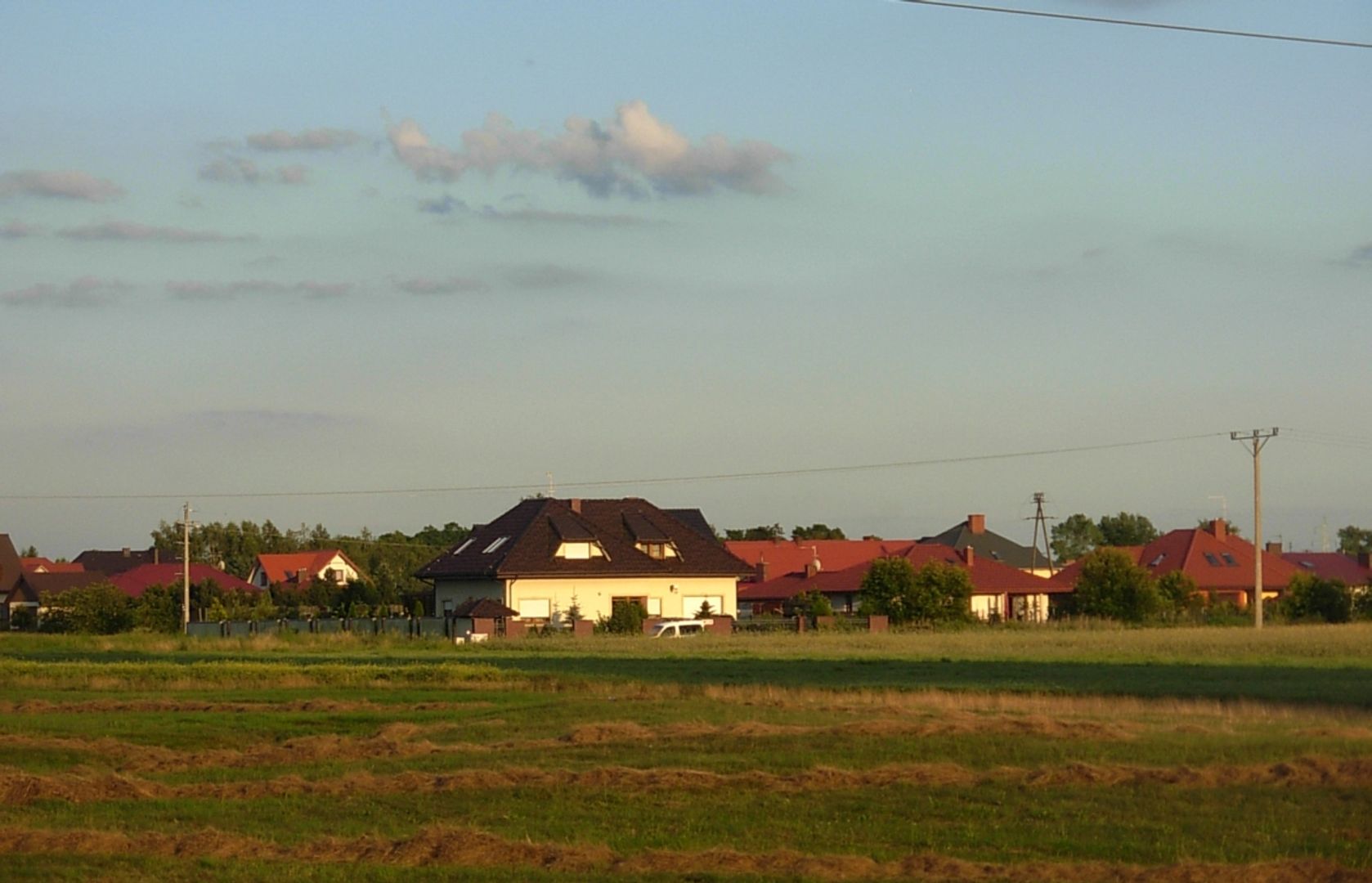Przyłęki
6.67

Overview
Przyłęki is a village located in the Kuyavian-Pomeranian Voivodeship, within the municipality of Białe Błota, characterized by a strong development trend toward suburbanization and intensive settlement. The locality has a mixed residential and service-oriented character, with relatively underdeveloped agriculture, which is reflected in its modern architecture and the availability of industrial facilities. Przyłęki is home to an ecologically-focused primary school and the Parish Church of the Assumption of the Blessed Virgin Mary, dating back to 1915. The village is surrounded by rich natural landscapes, close to the border of the Bydgoszcz Forest and meadows through which the Old Noteć River flows. The history of Przyłęki dates back to prehistoric times, when the area was inhabited as early as the Neolithic period. The village was first mentioned in written sources in 1539 as a noble estate. Over the centuries, its demographic structure changed significantly, particularly during the partitions of Poland, when the population was predominantly Protestant, and the village functioned as a rental settlement with developed crafts. In the interwar period, Przyłęki gained many new residents, primarily Poles who settled on lands abandoned by Germans. After World War II, the village underwent numerous transformations, including intensive development of single-family housing and administrative changes, eventually becoming part of the Białe Błota municipality. Interestingly, between 2003 and 2009, the population increased by 64%, indicating dynamic demographic growth. The village also boasts rich infrastructure, including former natural monuments—two ash trees and a pedunculate oak—that have since been delisted. Przyłęki is well-connected to Bydgoszcz, facilitating further development and attracting new residents.
Location
2025 Wizytor | All Rights Reserved